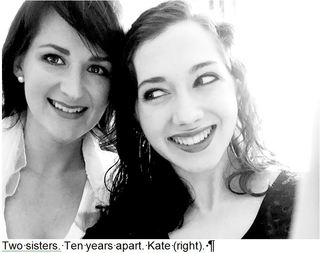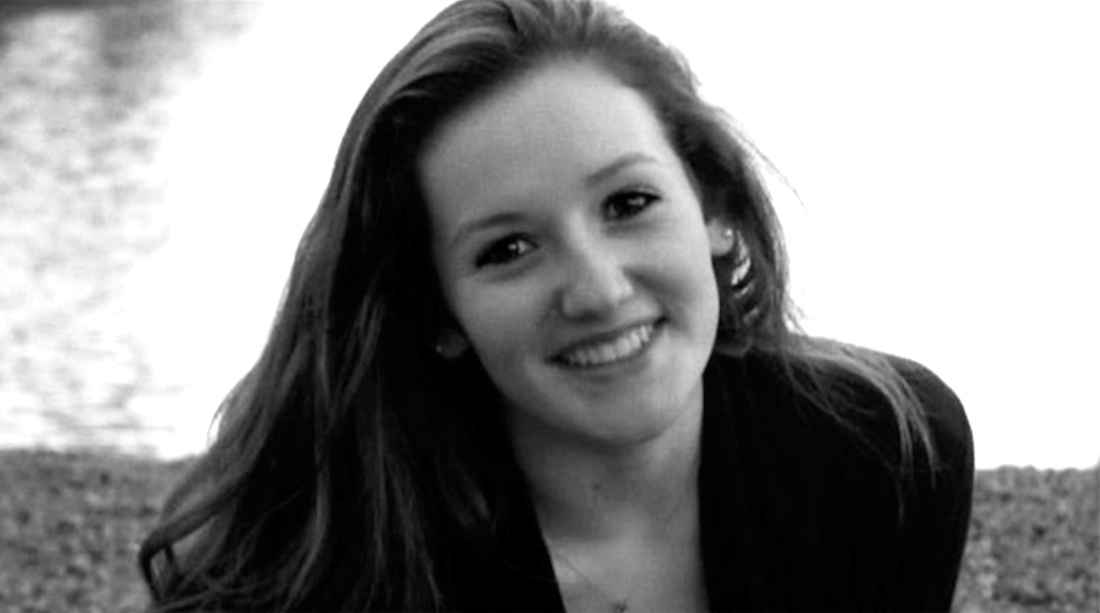
How can someone not eat?
There’s a certain hush that comes over a room when the words “eating disorder”, “mental disorder” or “addiction” are spoken. Eating disorders and mental disorders alike are often met with confusion and dismay. Our culture, as outspoken as it is, has a difficult time educating the masses on the uncomfortable parts of life - on real life.
Traditional high school textbooks break down Eating Disorders into basic categories: Anorexia Nervosa - Bulimia - Binge. And then go on to describe how athletes and females are more likely to develop an eating disorder. Ironically, what could easily be covered in chapters, backed by case studies, is often conveyed in a mere section. And unfortunately, this is where the dialogue tends to stop, when in reality, early education is where the conversation should begin.
So how does a mental illness that has the highest rate of mortality go unnoticed?
A disorder that in the U.S. alone, is more common than Alzheimer’s or breast cancer. And at what point do you come to realize what ED really means?
For most, ED doesn’t become a reality until you’ve realized that your loved one’s silent suffering is actually fueled by a roaring, ferocious, mind-eating frenzy. But even then, the severity of ED isn’t known, until you experience what mental health professionals call the five stages of grief: Denial, Anger, Bargaining, Depression, and Acceptance.
You learn what it feels like to feel helpless. You realize that you have more questions about ED than your mind can possibly fathom, let alone process. You realize that some of those patients you saw in treatment might not be there tomorrow. You realize that there has to be a solution, even if it takes numerous failed attempts to find it. And ultimately, you realize that this time-sensitive, life-threatening illness is not talked about nearly enough and you’ll do what it takes to make that change.
Years ago, I rather reluctantly embarked on those five stages of grief. To my disbelief, I learned that ED does not discriminate. The person I never imagined having an eating disorder, did - my sister, Kate. Our family celebrates and treasures moments around the table. Our grandfather, his brothers, and his own father relied on food, shrimp to be exact, to make a living. I struggled to understand how my once vivacious, free-spirited and fun-loving, sweet tooth of a baby sister could fall victim to the burden and wrath of an Eating Disorder.
How could this have happened? Should I have told her more often how beautiful, kind and smart she was? For me, she’s one of the brightest stars in the sky, a treasure and a gift. I’m her older sister, so why I can’t I fix this? I soon learned ED is much bigger than me, and way bigger than my love and admiration. This was an obstacle she’d have to overcome and a journey she’d have to be willing to endure.
She was diagnosed at age twelve when my mother’s intuition took over. Kate wasn’t able to stomach or keep down food – the pediatrician diagnosed her with “failure to thrive”, and informed my mother that she wasn’t equipped to treat eating disorders. Instead, my mother was given a handout for local nutritionists, and Kate was put on a meal plan. Kate continued to refuse to eat. Full of desperation and uncertainty, my mother walked down the street to the house of one my childhood friends; she too had been diagnosed with Anorexia. This family understood the severity of ED’s ravenous hold. Without hesitation they said, “Take her to the hospital now. She needs to be assessed.” Kate’s health continued to deteriorate. It had only been 24 to hours at this point, and at the hospital Kate began to show signs of kidney failure. After she was admitted, she was placed on a feeding tube.
Once Kate was stabilized, she went on to attend a twelve-week, in-patient, out-of-state treatment specializing in young ED patients. It was there, that she met Kat West and they became fast friends; they shared more than the name Katherine. Together they would attend group, crochet and laugh. Somehow eating disorder victims, although suffering, still smile. Kat was discharged early and put on outpatient status, celebrating her birthday and sending Kate text messages. Kate was anxious to come home next. As my mother was driving to the facility, she received a call - Kat had died. She called me in tears, distraught and in fear of what the impact may be on Kate’s recovery. My mother made the tough decision to tell the facility’s team to remove Kate from the program, isolate her and withhold the information on Kat’s death. It was this moment that the severity of ED really began to sink in.
There have been several times when I can’t fathom a young girl witnessing the harshness of a treatment facility. My inherent urge to shelter and protect her from harm has had to be relinquished to a treatment team, and I know my mother is shaken and riddled by this reality even more. After learning of Kat’s death, Kate continued to seek treatment and recovery with more purpose.
Overtime with the help of treatment, our family has learned triggers, stressors, and how to communicate, support and love someone with ED in a healthy manner. The balancing act of surviving verses thriving has been a struggle at times, yet five years, two short-term and two long-term treatment facilities later… here we are. We’ve seen the many faces of ED, we’ve learned that there is no one-size-fits-all treatment plan, and we know more today than we did yesterday.
More importantly, Kate is alive.
We march for the children who ED is silently ravaging within, we march for those afraid to ask for help, we march for those fearful of the unknown, we march for those taking it “a day at a time”, we March for Kat - those who went unheard and whose treatment ended too soon.
We march for all, we march for you, and we march for tomorrow.

 RSS Feed
RSS Feed